In the ever-expanding realm of the internet and social platforms, businesses understand the importance of social media in reaching and engaging their target audience. However, measuring the return on investment (ROI) of social media efforts can be challenging. This is where Social media listening tool for customer insights come into play. By harnessing the power of social listening, businesses can track and analyze key metrics to measure the impact and effectiveness of their social media campaigns. In this article, we will explore the key metrics to track when measuring social media ROI with a social listening tool.
- Brand Mentions and Sentiment Analysis : One of the crucial metrics to track when measuring social media ROI is brand mentions and sentiment analysis. Monitoring brand mentions on social media platforms provides valuable insights into how your brand is perceived by the audience. A social listening tool can track mentions of your brand, products, or services and analyze the sentiment associated with those mentions. Positive sentiment indicates a favorable response, while negative sentiment might signal areas for improvement.
By analyzing brand mentions and sentiment, businesses can gauge the overall sentiment surrounding their brand and identify opportunities for engagement or reputation management. It allows them to understand the impact of their social media campaigns on brand perception and sentiment, ultimately influencing their ROI.
- Audience Engagement : Engagement metrics measure the level of interaction and interest generated by your social media content. Through a Social media listening and engagement tool, you can track metrics such as likes, shares, comments, and retweets. Higher engagement rates indicate that your content resonates with the audience and can contribute to the overall success of your social media strategy.
Tracking audience engagement metrics helps you understand the effectiveness of your content in capturing and maintaining the attention of your target audience. It enables you to identify which types of posts or content formats drive the highest engagement and replicate those strategies in future campaigns. By focusing on improving engagement, businesses can increase their chances of converting social media interactions into meaningful actions, such as website visits, lead generation, or purchases, ultimately impacting their ROI positively.
- Reach and Impressions : Reach and impressions metrics provide insights into the visibility and exposure of your social media content. A Social media listening and competitor analysis software can help you track the number of people who have seen your posts (impressions) and the unique individuals reached by your content (reach). These metrics allow you to gauge the effectiveness of your social media efforts in terms of audience reach and brand exposure.
Monitoring reach and impressions helps you understand the potential size of your audience and the extent to which your content is being distributed across social media platforms. By analyzing these metrics, you can evaluate the impact of different campaigns, content strategies, or platform choices on your overall reach. This information enables you to optimize your social media efforts by focusing on platforms or content types that generate the highest reach and impressions, thus maximizing your ROI.
- Influencer Impact : Collaborating with influencers can significantly amplify your brand’s reach and engagement. A social listening tool can help you identify and track the impact of influencer partnerships. By analyzing metrics such as the number of mentions, engagement rates, and sentiment associated with influencer content, you can measure the ROI of your influencer marketing campaigns and optimize future collaborations.
Influencer impact metrics provide insights into how effectively influencers are promoting your brand or products to their audience. By tracking the reach and engagement generated by influencer content, you can assess the effectiveness of your collaborations. Additionally, sentiment analysis can help you understand the sentiment surrounding influencer partnerships, allowing you to identify influencers who align well with your brand values and resonate with your target audience. By measuring influencer impact, businesses can allocate their influencer marketing budget more effectively, ensuring a higher ROI from these partnerships.
- Customer Sentiment and Feedback : Social listening tools enable you to monitor customer sentiment and gather feedback directly from social media conversations. By tracking keywords related to your brand or industry, you can identify customer pain points, preferences, and suggestions. Analyzing this data helps you improve your products or services, enhance customer satisfaction, and drive positive sentiment.
Tracking customer sentiment and feedback on social media allows businesses to gain valuable insights into customer perceptions, preferences, and experiences. By identifying and addressing customer concerns or issues promptly, you can enhance customer satisfaction and loyalty, leading to increased brand advocacy and ultimately impacting your ROI positively. Additionally, social listening tools provide an opportunity to proactively engage with customers, respond to their queries or feedback, and build meaningful relationships, further influencing brand perception and ROI.
- Competitive Analysis : In addition to tracking your own social media metrics, a social listening tool allows you to monitor your competitors’ social media performance. By analyzing their engagement rates, sentiment, and content strategy, you can benchmark your performance and identify areas where you can gain a competitive edge. This information can inform your social media strategy and help you allocate resources effectively.
Competitive analysis through social listening tools provides insights into the strategies employed by your competitors and their impact on audience engagement and sentiment. By identifying successful tactics or content themes used by competitors, you can adapt or innovate your own strategies to stay ahead. Additionally, understanding your competitors’ weaknesses or areas of negative sentiment allows you to position your brand or products more effectively and cater to unmet customer needs. Ultimately, leveraging competitive analysis helps optimize your social media efforts, leading to a higher ROI.
Conclusion : Measuring social media ROI is crucial for understanding the impact of your social media efforts and optimizing your marketing strategies. Social listening tools provide valuable insights by tracking key metrics such as brand mentions, sentiment analysis, audience engagement, reach and impressions, influencer impact, customer sentiment, and competitive analysis. By leveraging these metrics, businesses can make data-driven decisions, enhance their social media performance, and achieve higher returns on their social media investments. Implementing a social listening tool as part of your social media strategy enables you to gain a deeper understanding of your audience, track campaign effectiveness, and make informed decisions that drive ROI.
- Conversion Tracking : Tracking conversions is a critical aspect of measuring social media ROI. While social listening tools primarily focus on monitoring conversations and engagement, they can also integrate with analytics platforms to track conversions. By setting up conversion tracking, you can measure the number of users who took desired actions, such as making a purchase, signing up for a newsletter, or downloading a resource, as a result of your social media campaigns.
Integrating conversion tracking with a Social media monitoring and brand tracking software provides a holistic view of your social media efforts’ impact on driving tangible business outcomes. It allows you to attribute conversions to specific social media channels or campaigns, helping you identify the most effective strategies for generating conversions. By understanding the conversion rate and value associated with different social media channels, you can allocate resources more efficiently and optimize your campaigns for maximum ROI.
- Cost per Acquisition (CPA) : Cost per Acquisition (CPA) is another crucial metric to track when measuring social media ROI. It measures the average cost incurred to acquire a new customer through social media efforts. A Advanced social media analytics platform can integrate with advertising platforms and CRM systems to track the cost and conversion data necessary for calculating CPA.
By monitoring CPA, you can evaluate the efficiency and cost-effectiveness of your social media campaigns in acquiring new customers. If the CPA is high, it may indicate the need to optimize targeting, creative elements, or campaign strategy. Conversely, a low CPA signifies that your social media efforts are generating conversions at a lower cost, leading to a higher ROI. Tracking CPA helps you identify opportunities to optimize your advertising budget, refine your targeting, and allocate resources where they deliver the best results. Try QuickMetrix for best social listening.
Conclusion : Measuring social media ROI requires tracking and analyzing various key metrics. By utilizing a social listening tool, businesses can effectively monitor brand mentions and sentiment, track audience engagement, measure reach and impressions, assess influencer impact, gather customer sentiment and feedback, conduct competitive analysis, track conversions, and evaluate cost per acquisition. These metrics provide valuable insights into the effectiveness of social media campaigns and help businesses optimize their strategies for higher ROI. Leveraging the power of social listening tools empowers businesses to make data-driven decisions, refine their social media tactics, and achieve tangible business outcomes from their social media investments.
Contact : Request A Demo
Top Social Listening Tools in 2025: Why QuickMetrix Deserves Your Attention
In the world of digital marketing, conversations are currency. ...
Read More9-key-things-to-consider-before-choosing-an-best-orm-tool (Online response management tools)
IntroductionIn today's hyper-connected world, a single unresolved tweet or ...
Read MoreStreamlining Customer Interactions: The Key to Crisis Management and Data-Driven Decisions
Streamlining Customer Interactions: The Key to Crisis Management and ...
Read MoreCrisis Management: How ORM Tools Can Save Your Brand from PR Disasters
Understanding Crisis Management in the Digital AgeDefinition and Importance ...
Read MoreSocial Listening for Financial Services: How Banks & FinTechs Stay Ahead
Introduction to Social Listening in Financial Services Definition ...
Read MoreThe Journey of QuickMetrix: Insights from Surendra Baliga on Building a Successful SaaS Business
The entrepreneurial journey is often filled with challenges, learning ...
Read MoreMastering the Market: How to Use Social Listening Tools for Real-Time Competitor Analysis
1. Introduction to Social Listening Tools1.1 What is Social ...
Read MoreHow to Get the Most Out of Social Listening Tools and Why Businesses Invest in Them
How to Get the Most Out of Social Listening ...
Read MoreUnderstanding ORM Tools: A Comprehensive Guide to Managing Your Brand’s Online Reputation
In today's digital landscape, a brand's online reputation is ...
Read MoreThe Ultimate Guide to ORM Tools: Boost Your Brand’s Online Reputation
The Ultimate Guide to ORM Tools: Boost Your Brand’s ...
Read MoreTop 10 Online Reputation Management (ORM) Tools for Social Media in 2025
Top 10 Online Reputation Management (ORM) Tools for Social ...
Read MoreListening to the Noise: How to Monitor Conversations That Matter to Your Brand
Understanding the Importance of Monitoring Brand Conversations 1.1 The Role ...
Read MoreStreamlining Online Response Management for the Hotel Industry
1. Understanding Response ManagementOnline response management to how hotels ...
Read MoreThe Future of AI in ORM: Can AI Handle Customer Complaints Better Than Humans?
I. Introduction to Online Response Management (ORM)/ Online reputation ...
Read MoreThe Power of Online Response Management: How Brands Are Winning (or failing) in Customer Support
The Shift to Digital Customer Support : Online ...
Read MoreHow ORM and Social Listening Tools Drive Success for Top Food Delivery Platforms
A. Overview of Food Delivery IndustryThe food delivery industry ...
Read MoreHow ORM Tools Use Data from Multiple Sources – Importance of Integrating Data from Media, Forums, News, etc.
What is ORM ToolsOnline response Management (ORM) tools are ...
Read MoreTop Features to Look for in an ORM Tool for B2B Companies
Top Features to Look for in an ORM Tool ...
Read More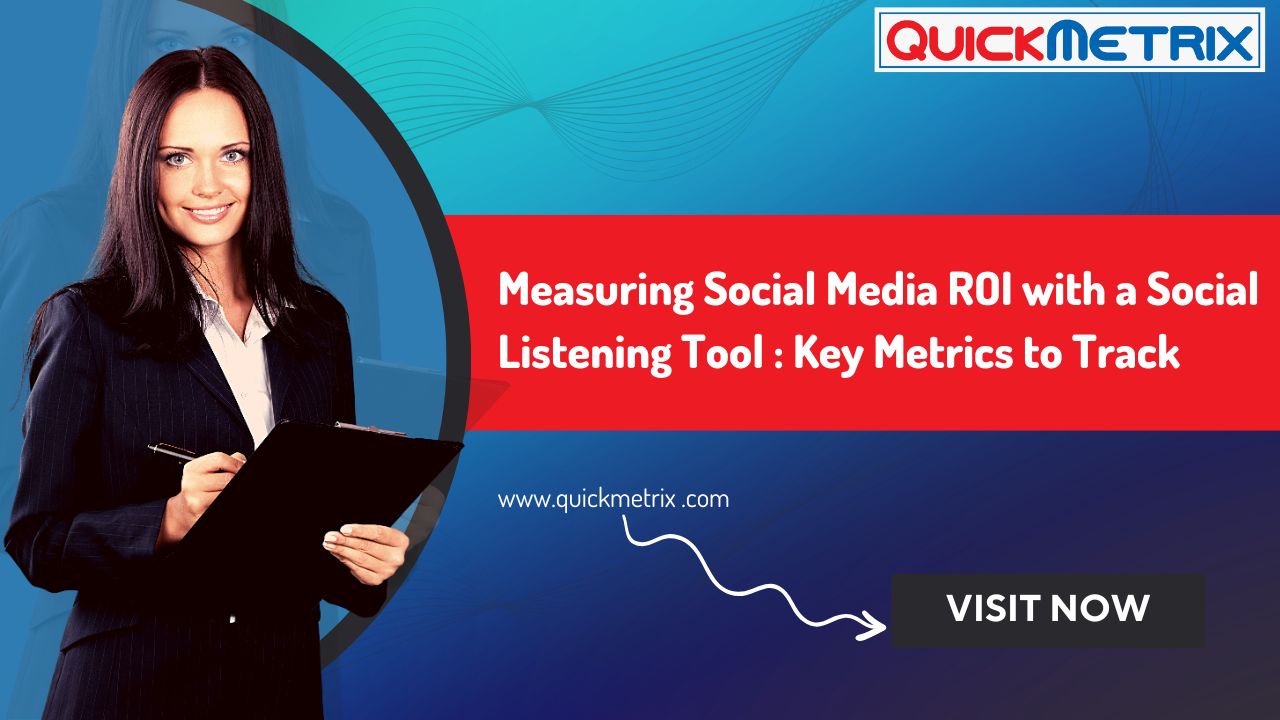



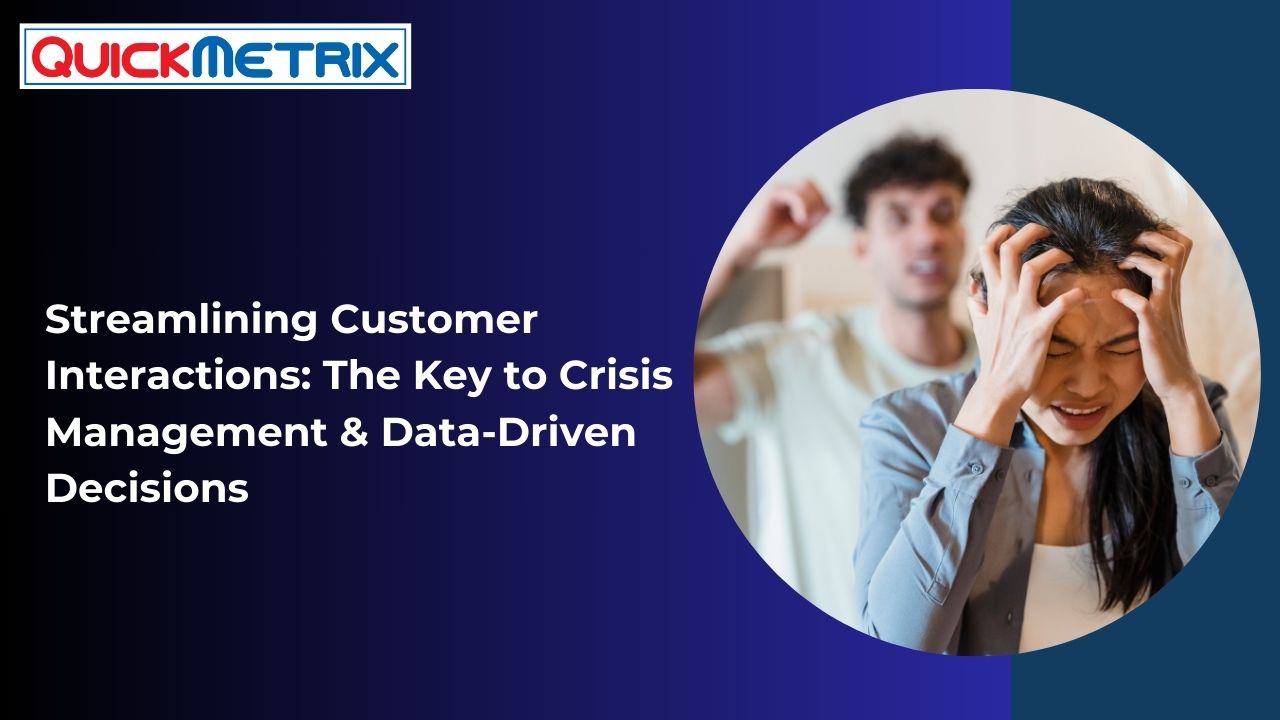
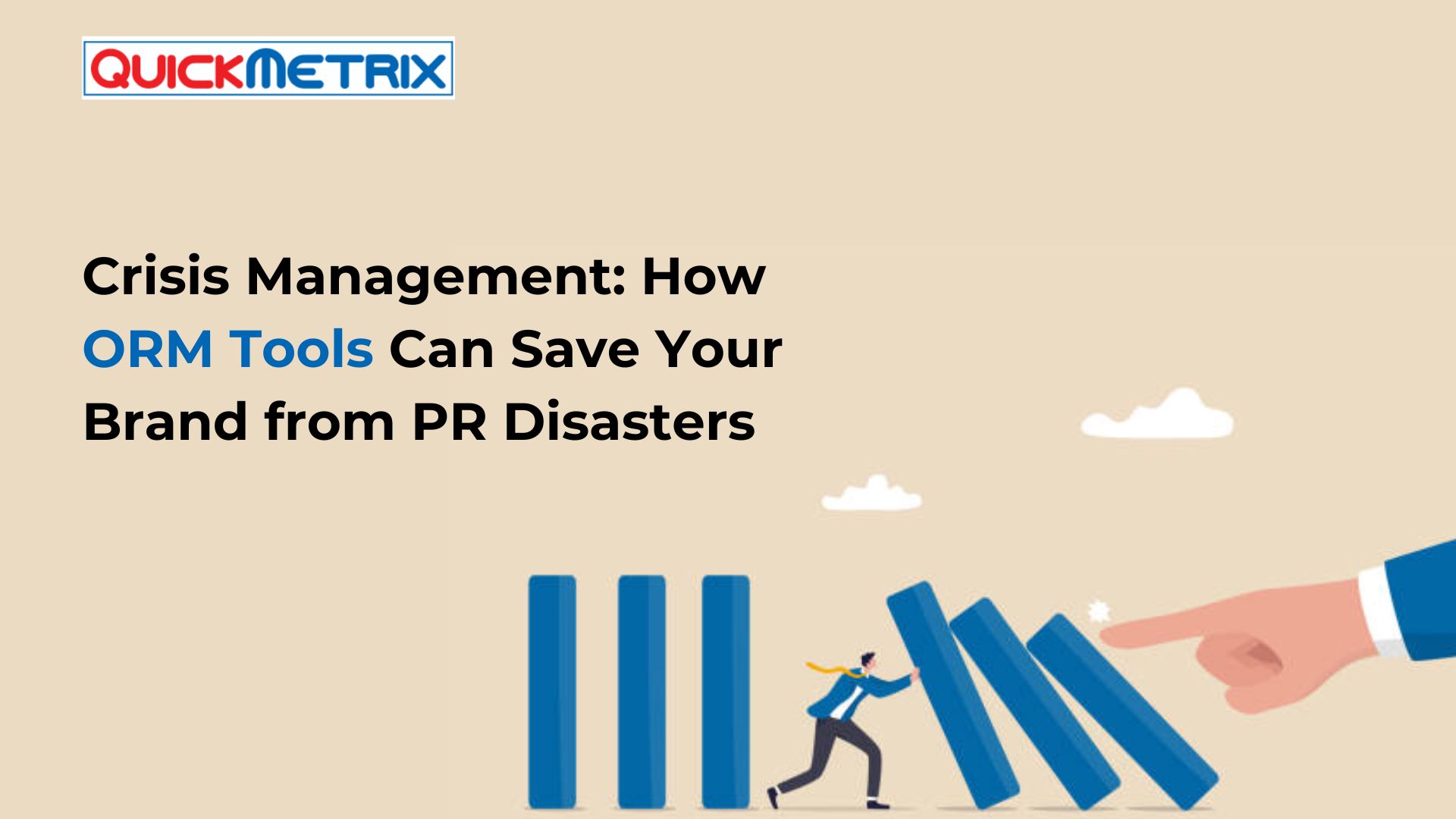


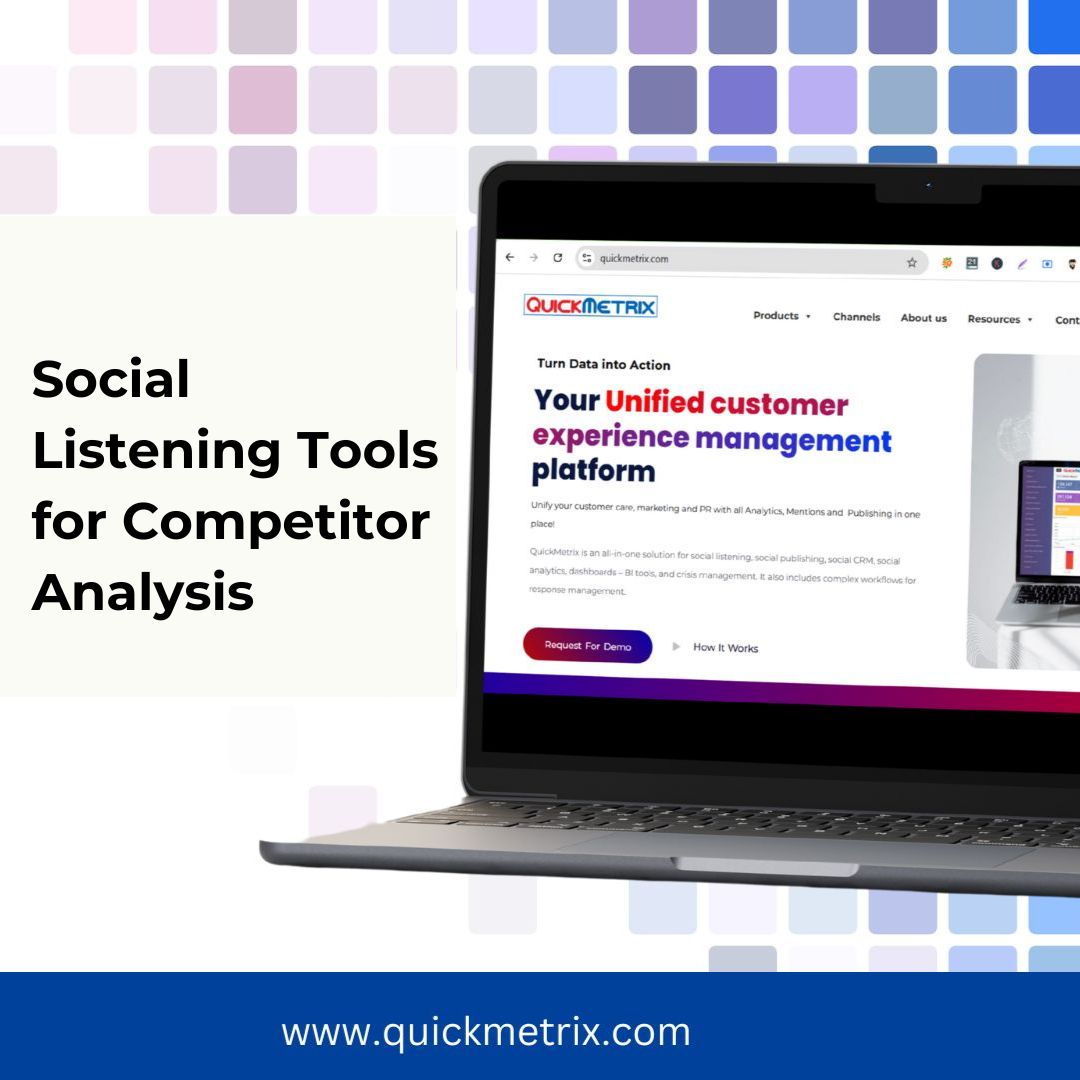


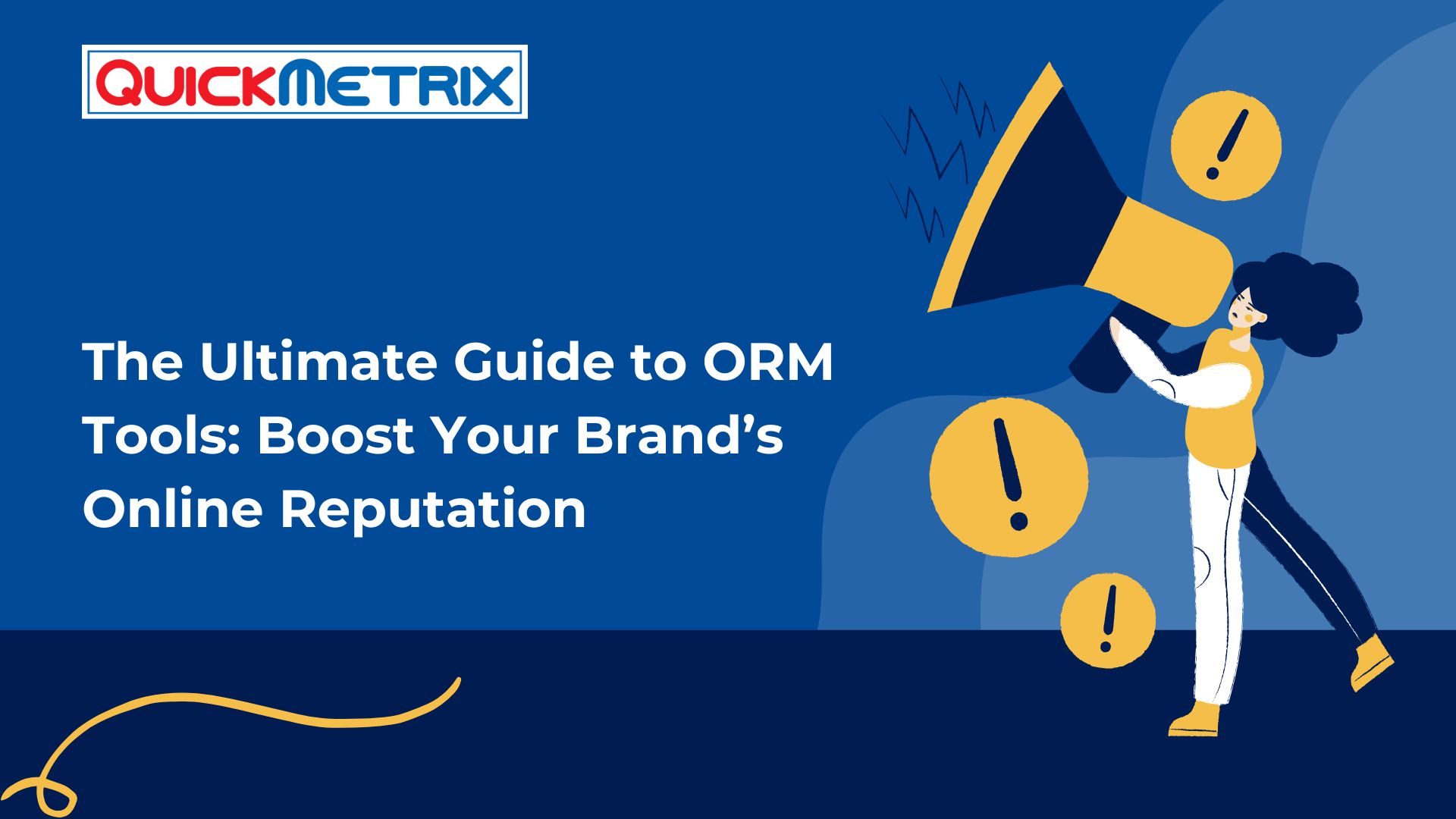



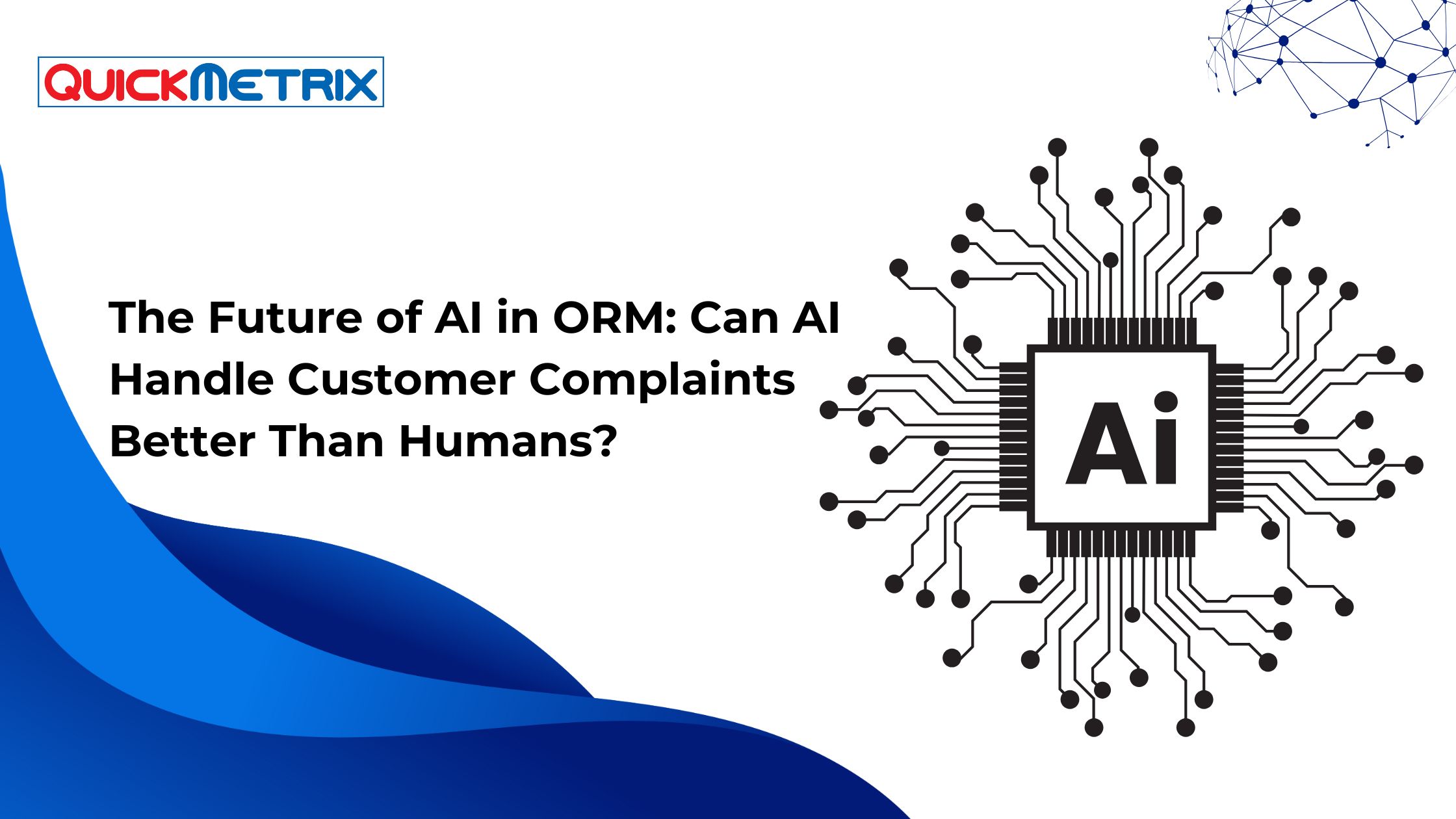

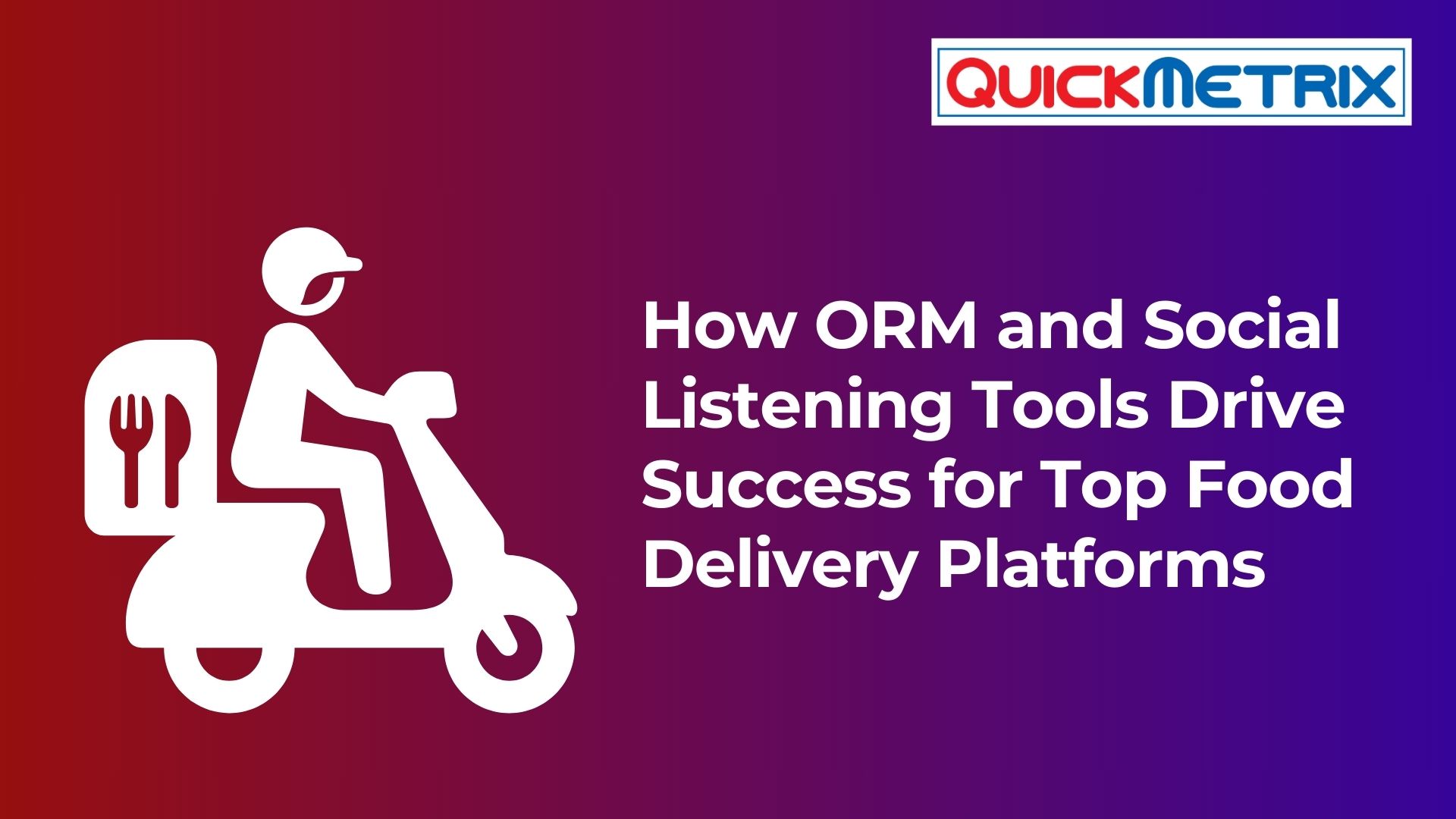
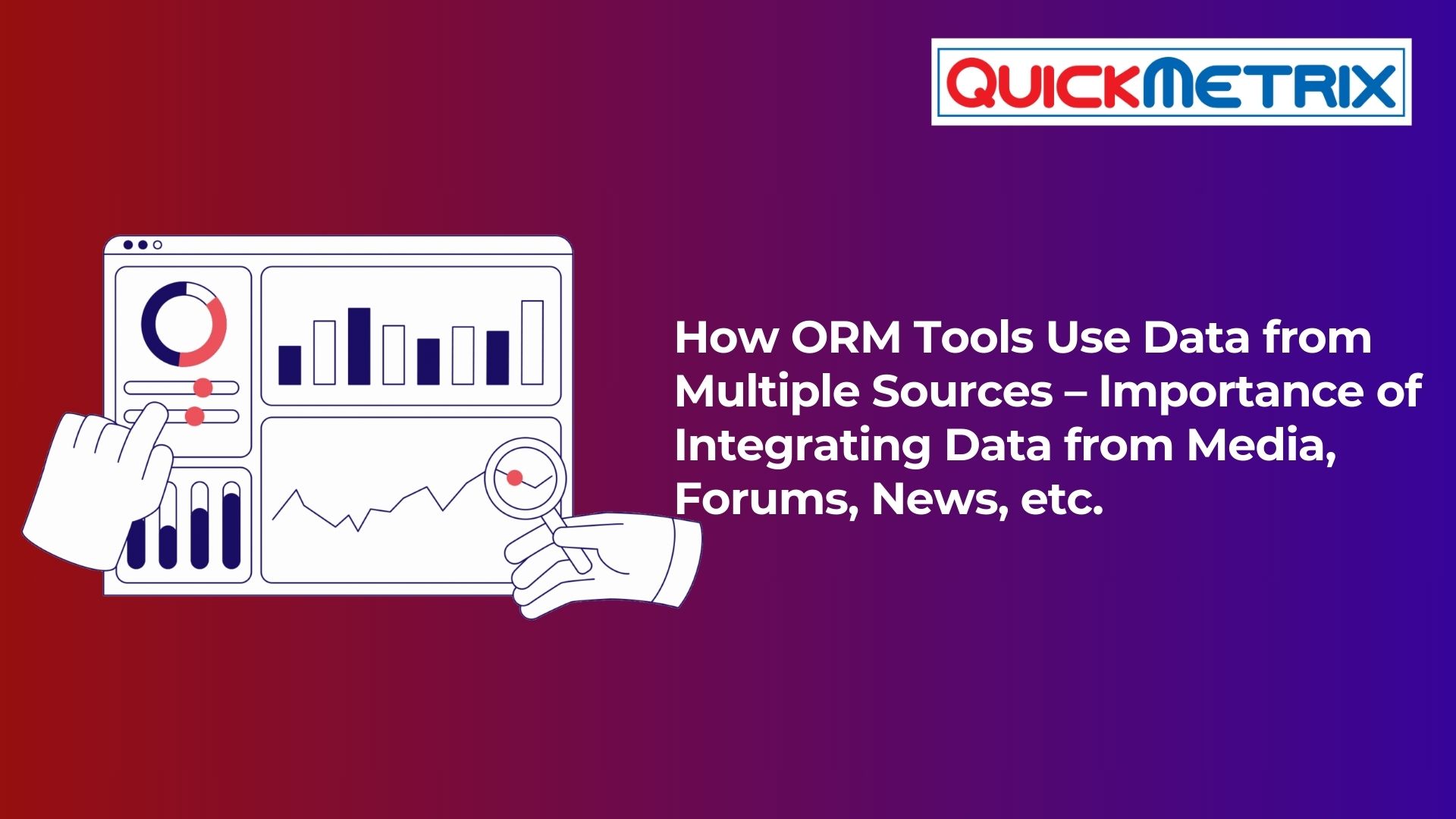
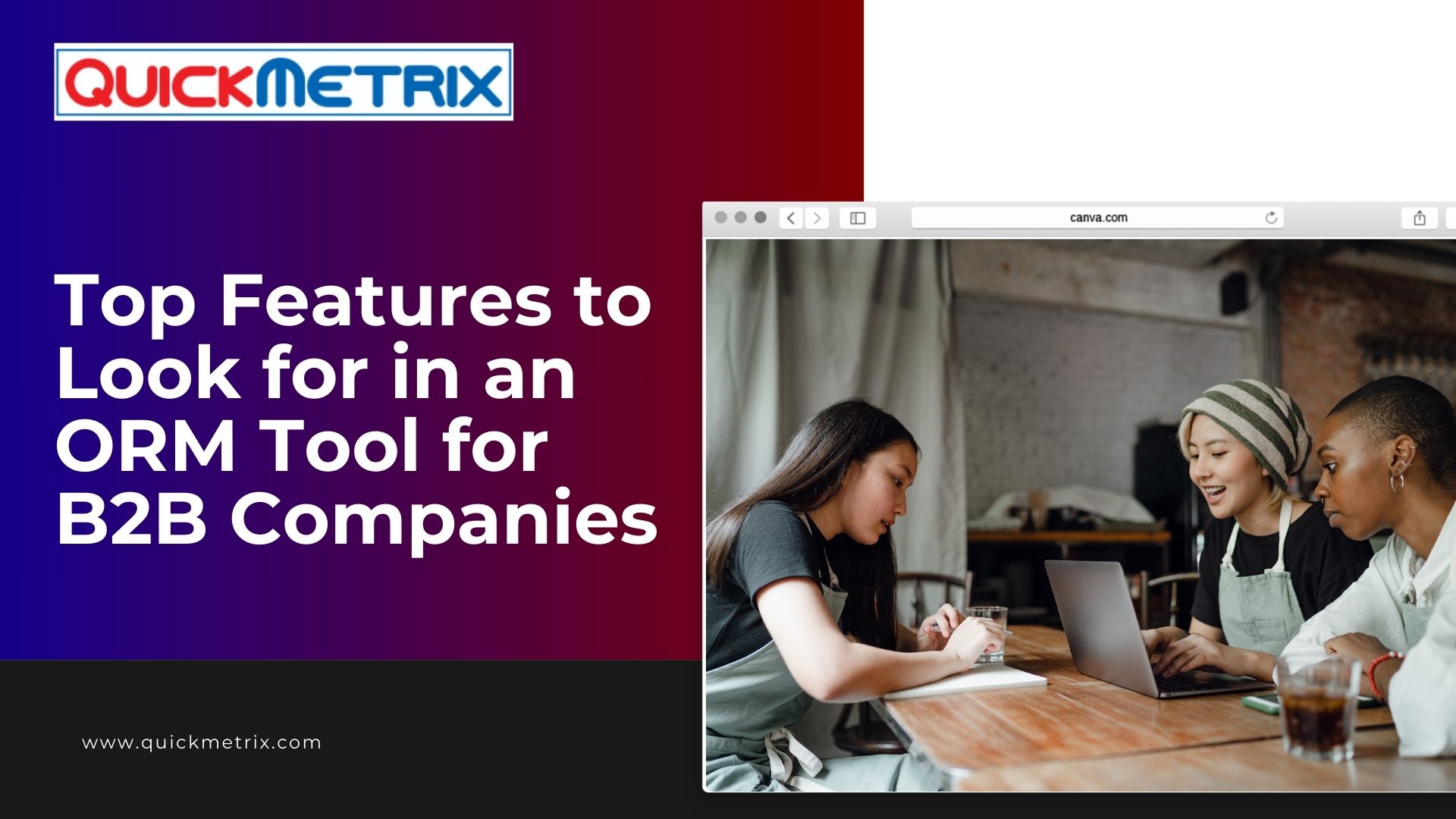

![Elevating Customer Engagement: 11 Top Platforms in 2024 [+User Reviews] 22 Online reputation management tools](https://quickmetrix.com/wp-content/uploads/2024/04/Ivory-Aesthetic-Study-Vlog-YouTube-Thumbnail--770x465.jpg)
